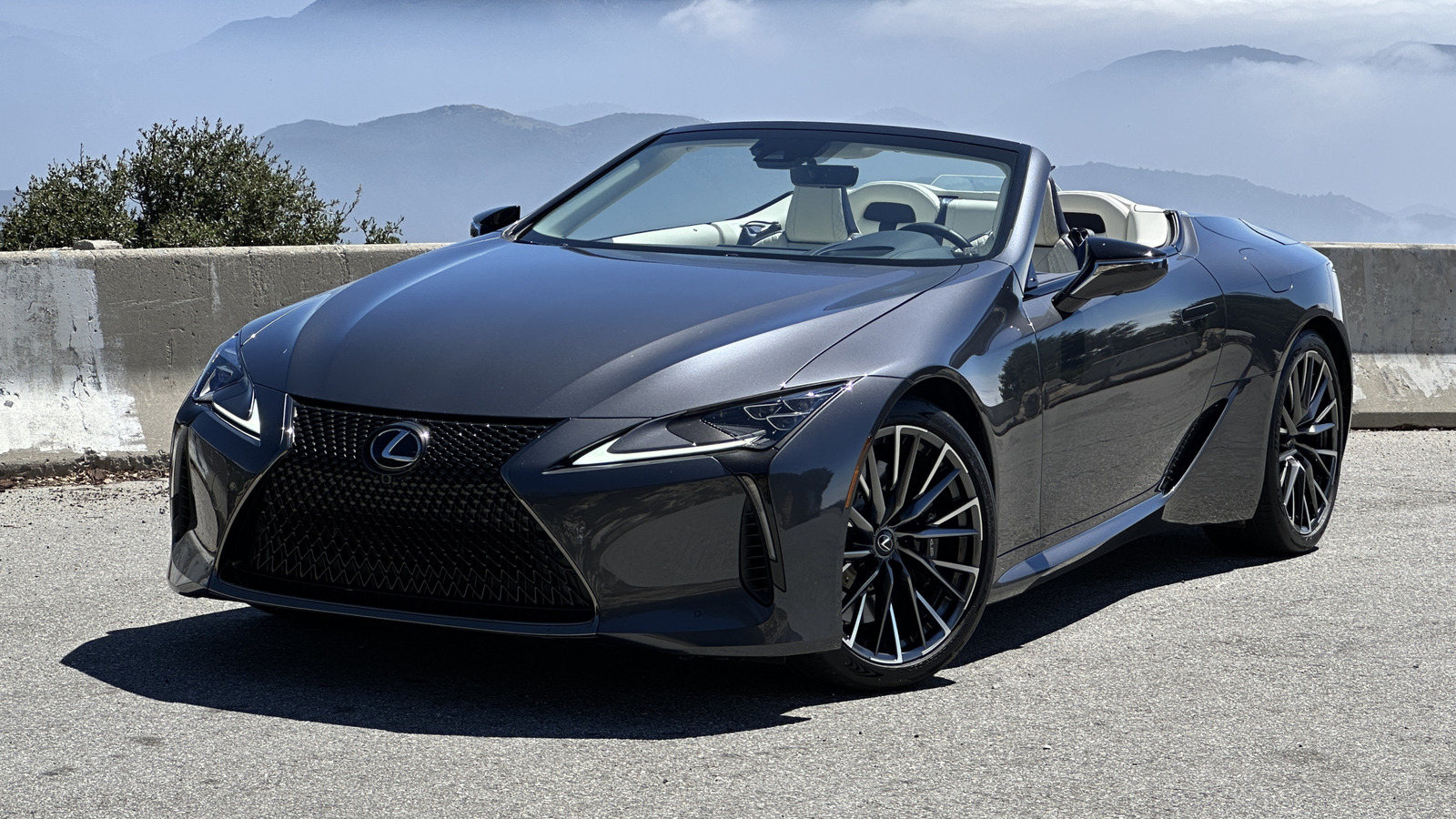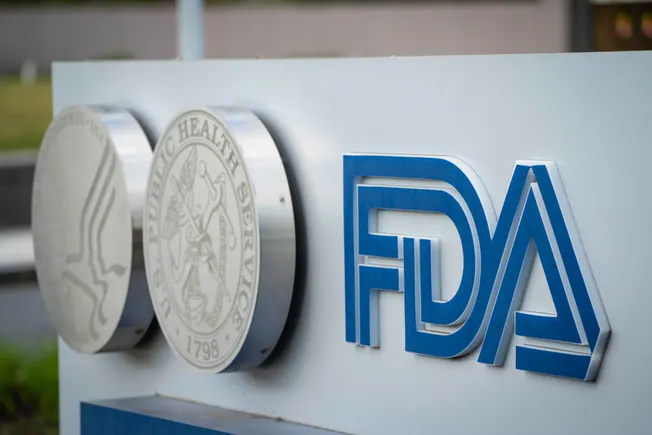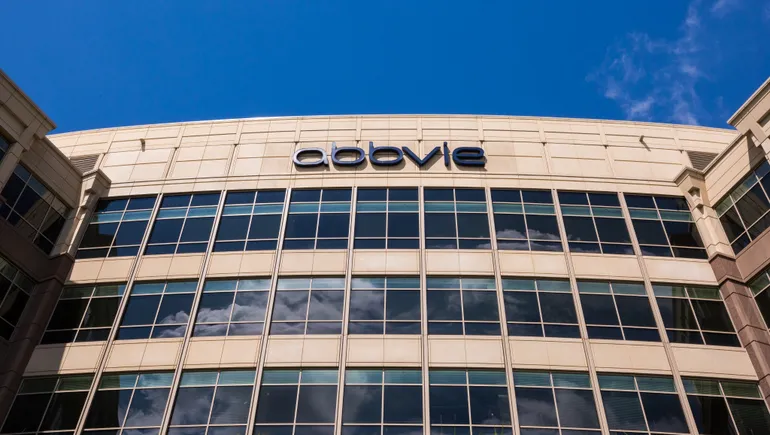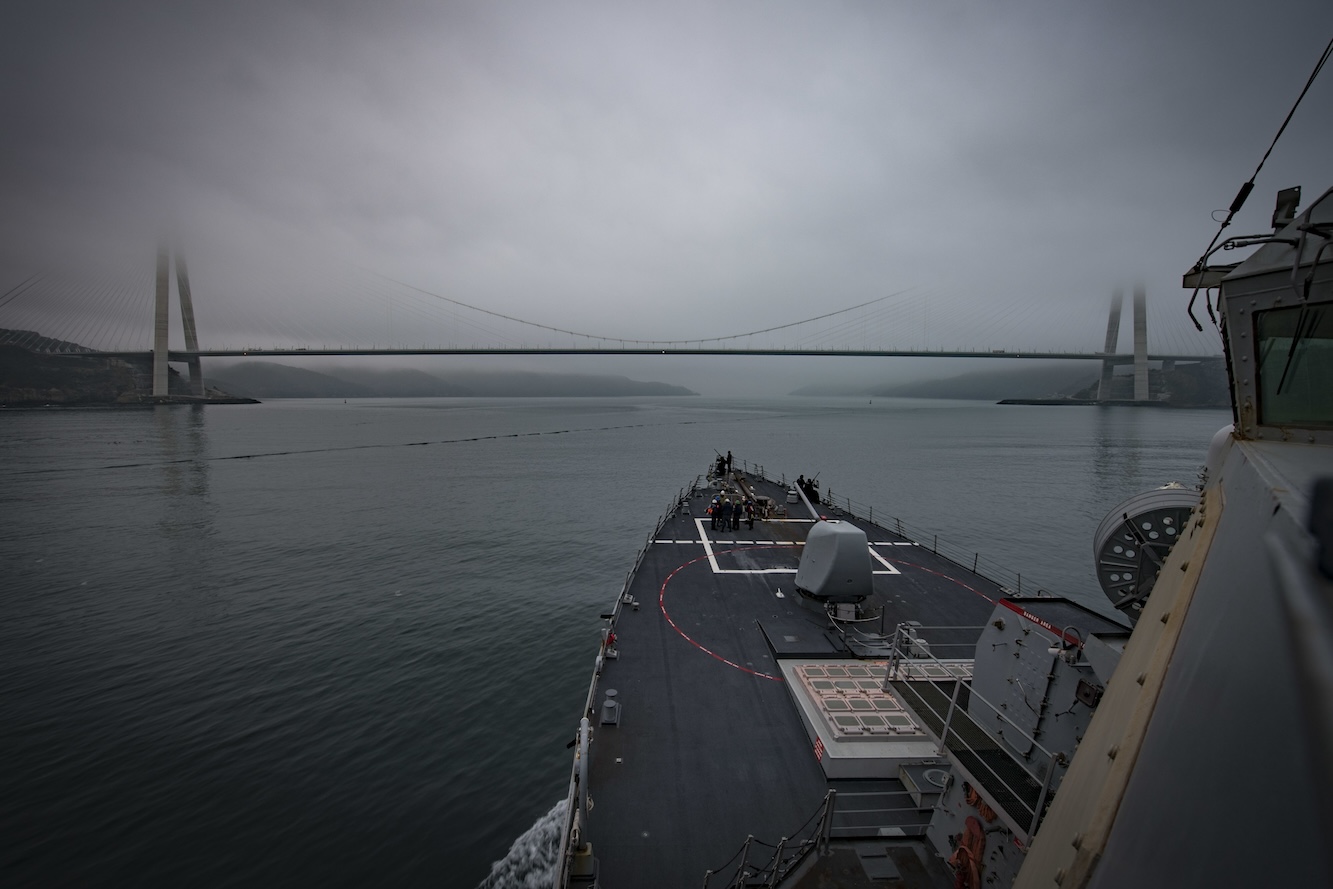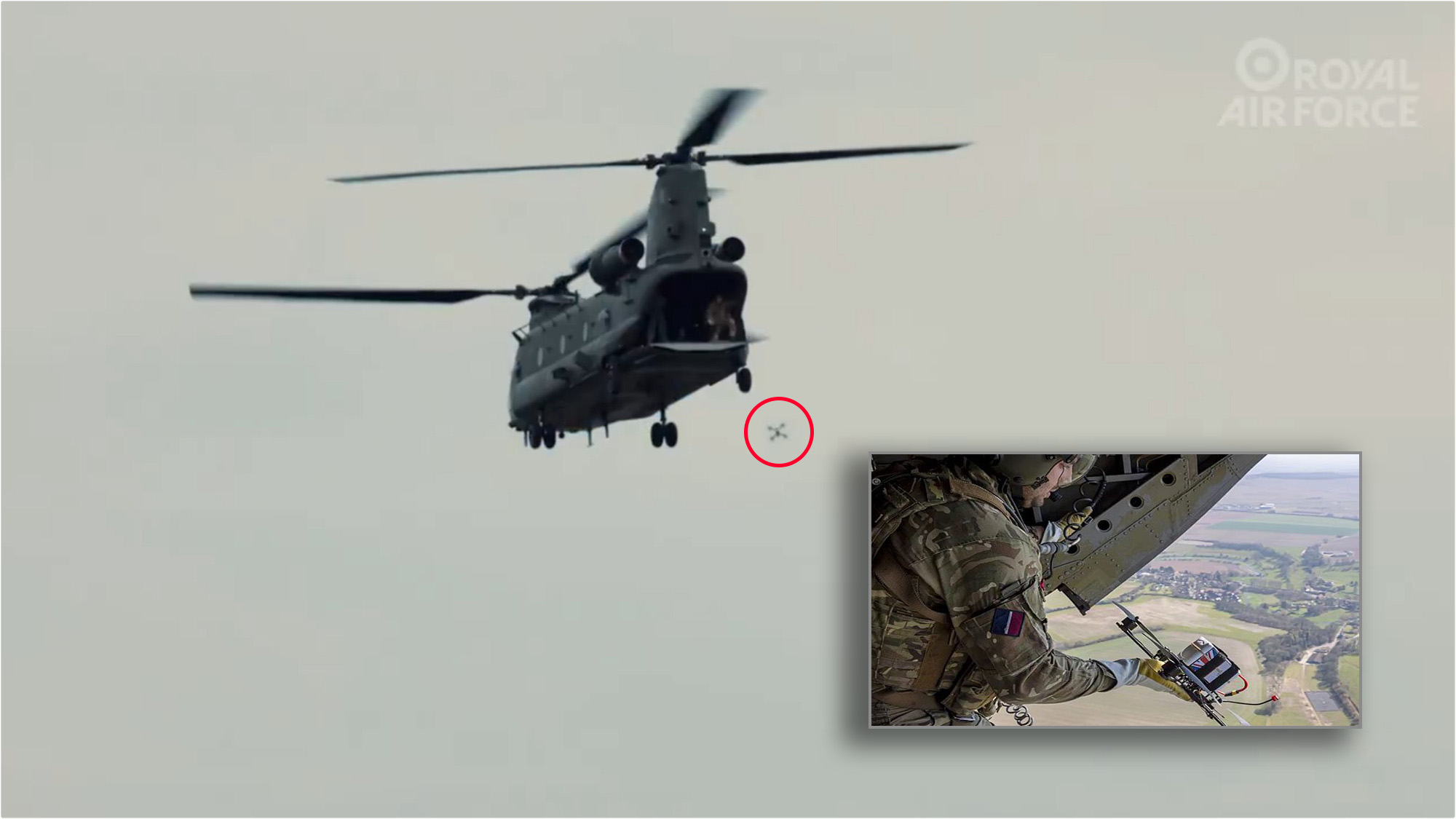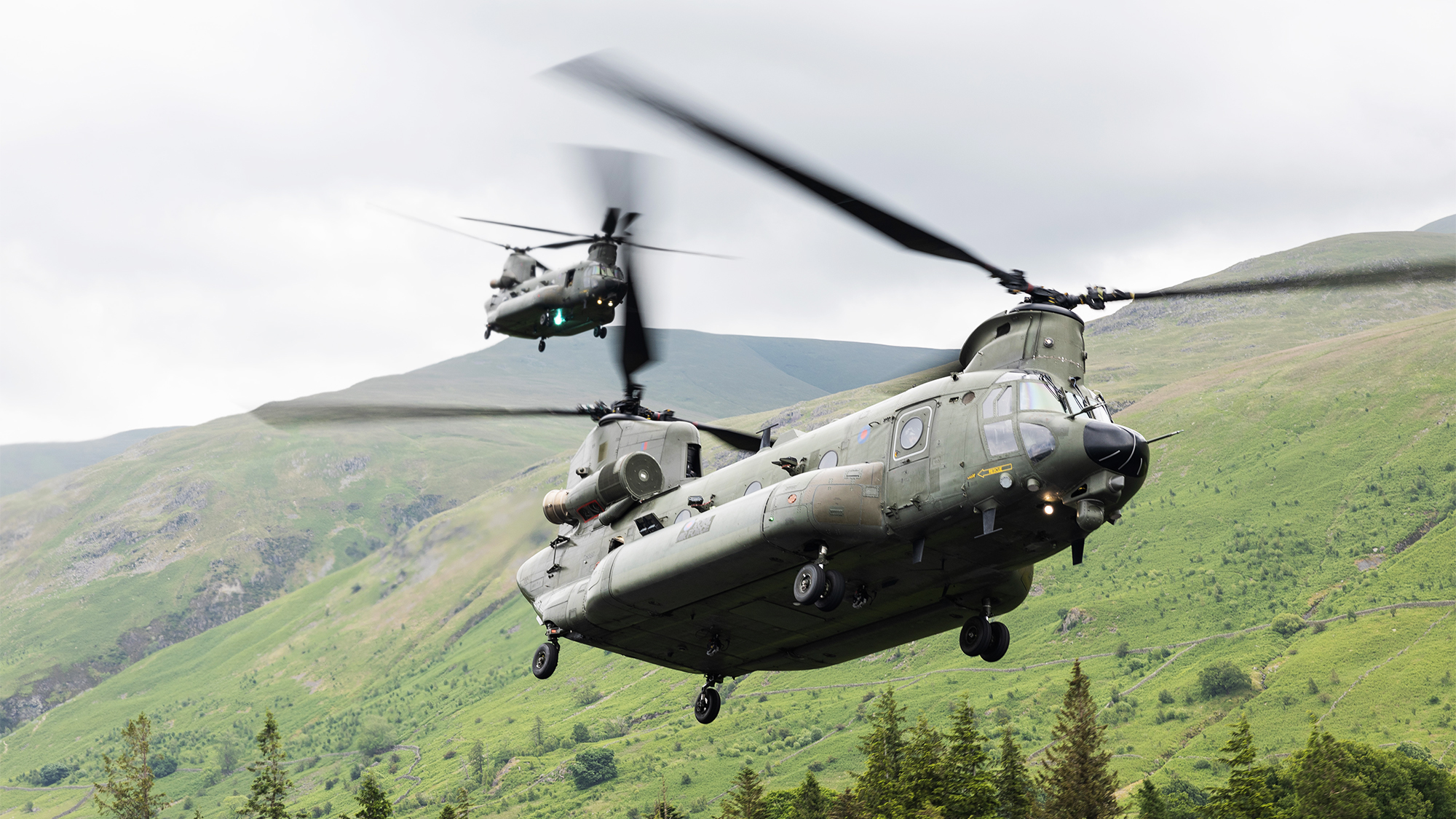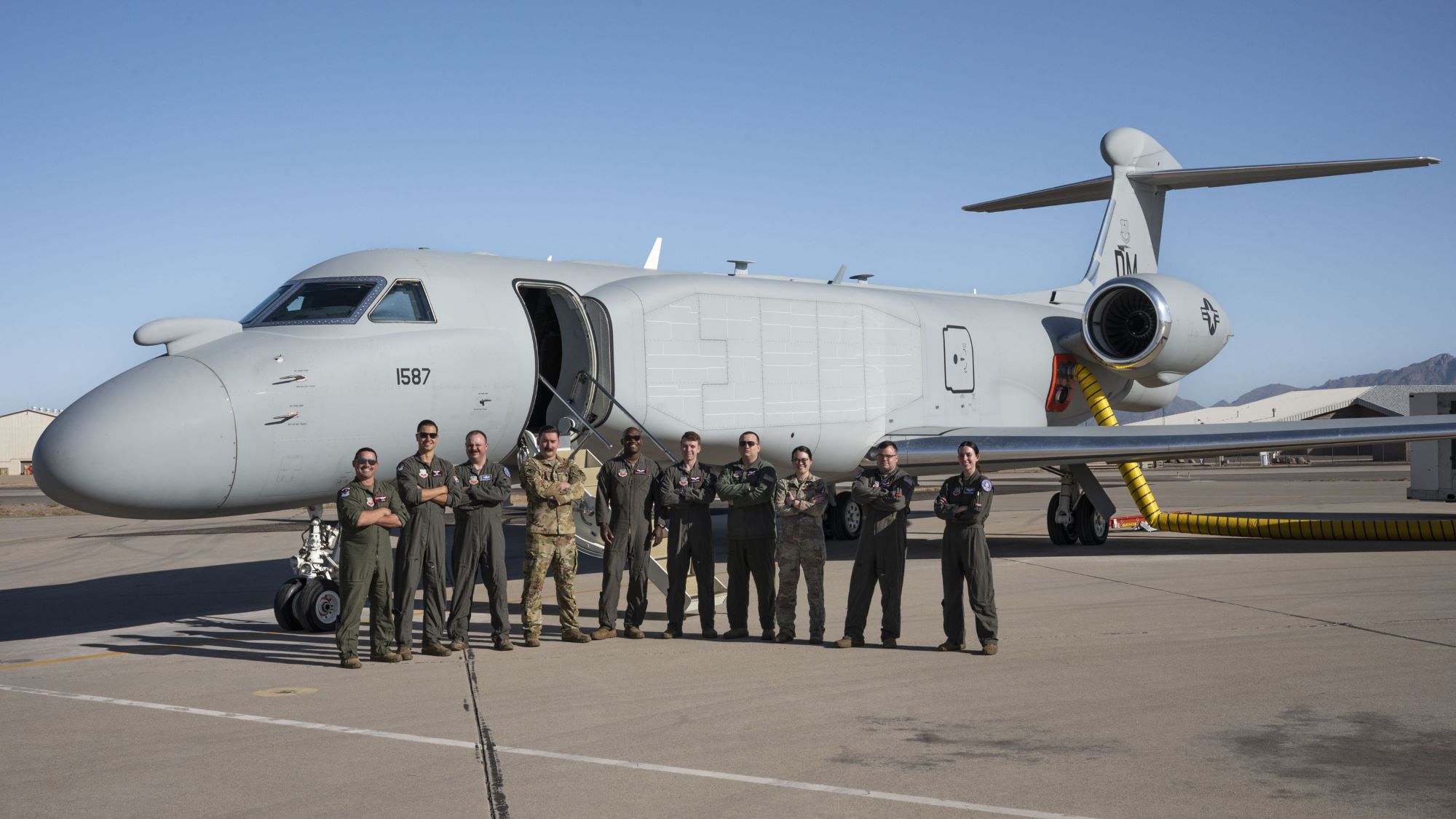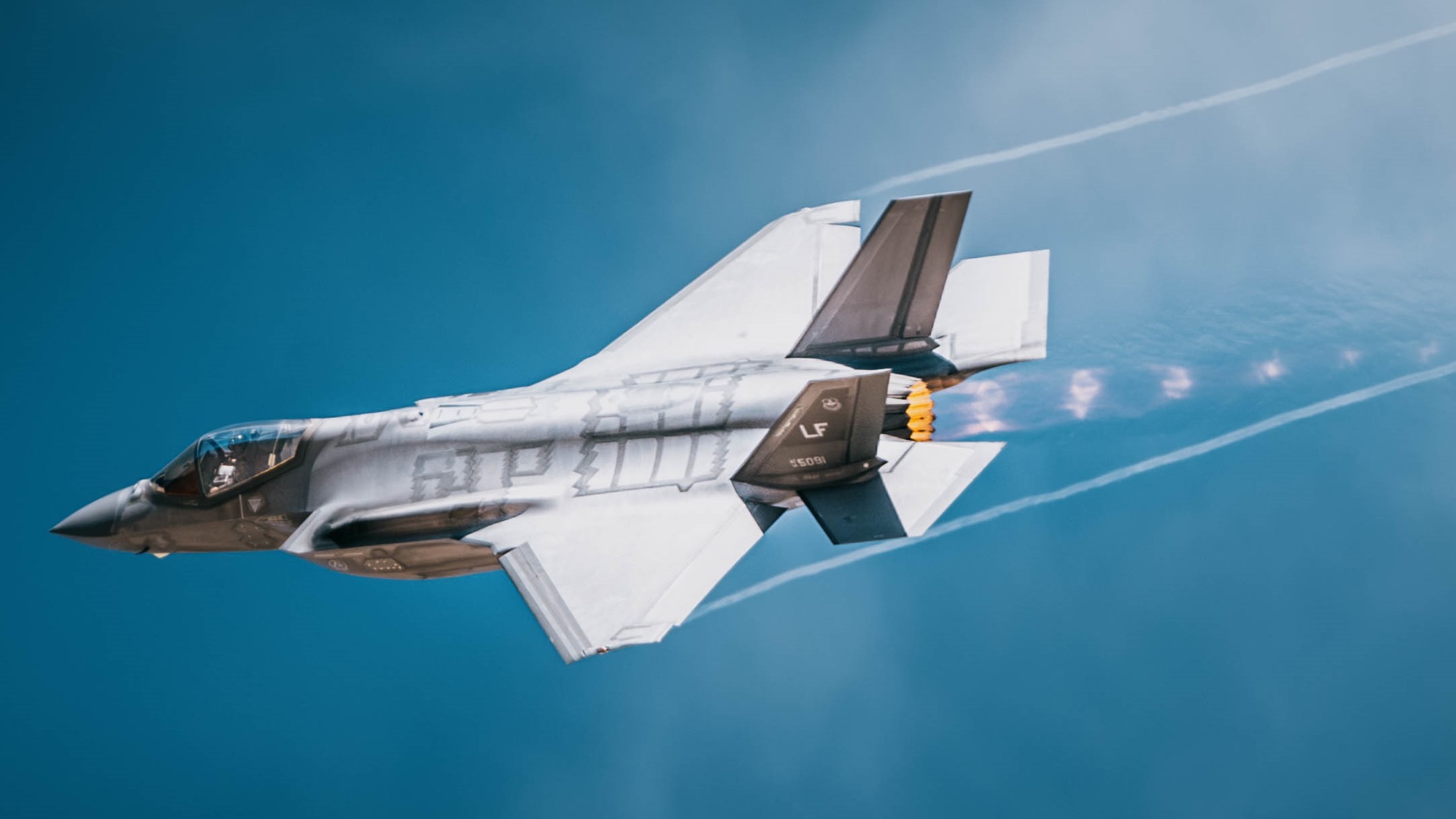Werner and Aurora expand driverless pilot with new route
A new Fort Worth-to-Phoenix lane will augment Aurora’s existing Fort Worth-to-El Paso lane, which is expected to begin in the second half of the year. The post Werner and Aurora expand driverless pilot with new route appeared first on FreightWaves.


Werner and Aurora expand driverless pilot with new lanes

Autonomous truck technology maker Aurora has expanded its pilot program with Werner, according to a recent Q1 shareholder letter. The new Fort Worth-to-Phoenix lane will augment Aurora’s existing Fort Worth-to-El Paso lane, which is expected to begin in the second half of the year. The new pilot lane is over 1,000 miles, with Aurora’s self-driving trucks having the potential to cut single driver transit time in half. The Fort Worth-to-Phoenix lane, according to Aurora’s Q1 business review report, requires more than 15 hours of continuous driving, something a human driver cannot do without exceeding the 11 hours of available drive time.
Chad Dittberner, senior vice president, van and expedited division at Werner, said in the letter, “At Werner, autonomous trucking is an integral part of our vision for the future, complementing planned growth in our fleet. Working with Aurora, we now have another capability to safely and reliably transport freight along some of the most vital lanes in our network.”
At the moment, the self-driving trucks are operating in daytime with clear weather conditions, but according to Aurora’s product road map, beginning in Q3, they will also incorporate nighttime as well as rain and heavy wind into driverless conditions testing. For Werner the push toward autonomous routes is viewed as a force multiplier and not driver replacement due to the limits of time. Daragh P. Mahon, executive vice president and chief information officer, said in an Aurora article, “Drivers are a community that has supported this industry for a long, long time, and will continue to support it well into the future. We don’t think of autonomy as replacing drivers. Rather, it augments the driver community and the fleet.”
For large, asset-based truckload carriers like Werner, a continued challenge is how to increase revenue miles generated when a human driver can drive each day a maximum of 11 hours in a 24-hour day. Some have used two drivers for team-expedited, increasing possible utilization to 22 hours, but for autonomous trucks, which lack hours-of-service limits, there’s an opportunity to dramatically increase asset utilization and thus revenue miles driven.

Market update: Cass April report shows freight spending stabilize

On Thursday, freight audit and payment provider Cass Information Systems released its April Cass Freight Index, which saw for the first time in over 28 months a positive year-over-year uptick in its Freight Expenditures Index. The expenditures component, measuring the total amount spent on freight, rose 3.3% m/m in August, with a positive y/y increase of 1.3% compared to March’s y/y decline of 2%.
The higher freight spend was the result of higher rates as the shipments index fell 3.6% y/y in April. A positive development despite the poor y/y comps is that the losses are narrowing compared to March’s y/y decline of 5.3%.
Tim Denoyer, vice president and senior analyst at ACT Research, wrote in the report: “The trade war is having a variety of effects on freight volumes, with significant decreases likely in May and June in international volumes, but likely a rebound in Q3 due to the recent 90-day U.S./China trade deal. Meanwhile, U.S. consumers are still largely buying pre-tariff goods, though retailers will soon start to run out of these.”
Looking ahead, Denoyer adds: “It’s been 40 months since the first y/y decline in shipments this cycle, and as the freight market downturn wears on, fleets are not particularly well-positioned to weather an even longer storm. So, it’s significant that expenditures turned positive for the first time in 28 months, but we wouldn’t suggest it’ll be smooth sailing from here.”
SONAR spotlight: Dry van spot rate softening continues

Summary: The dry van segment continues to observe declines in spot market rates while outbound tender rejection rates experience a small rally. VOTRI rose 32 basis points in the past week, from 4.64% on May 5 to 4.96%, but remains favorable when looking at year-over-year comps when VOTRI was 133 bps lower at 3.63%. All-in spot market rates saw the opposite, showing continued w/w declines and finishing lower than the previous year. The SONAR National Truckload Index 7-Day Average fell 1 cent per mile all in from $2.20 to $2.19 and is now 6 cents per mile lower than last year’s value of $2.25 per mile.
The past week delivered good news, with the U.S. and China announcing a trade deal on Sunday that included removing the reciprocal tariffs from April, which saw import taxes of 145% with some sector-specific tariffs as high as 245%. Under the agreement, the 90-day truce includes the U.S. reducing the tariff rate on Chinese goods from 145% to 30% while China lowers its rates on U.S. goods from 125% to 10%.
Some commentators predict the resulting surge in maritime imports may lead to a boost in domestic trucking rates in July and August as importers work through existing backlogs and place new orders before the 90-day period ends. Current truckload capacity conditions appear fertile for an uptick, as outbound tender rejection rates continue to hover between 4.5% and 5%.
Another surprise has been a lack of sustained uptick in spot rates as CVSA’s annual International Roadcheck began Tuesday and ends Thursday. Compared to last year, when Roadcheck occurred May 14-16, NTI jumped 10 cents from $2.20 on May 10 the Friday before to $2.30 on May 17 the Friday after. As it stands, this year has the NTI stuck at $2.19 per mile.
The Routing Guide: Links from around the web
Despite red ink at Heartland, Morgan Stanley report relatively upbeat (FreightWaves)
Tariffs trigger pre-buy behavior, analysts warn of steep freight decline (Commercial Carrier Journal)
Pamt Corp. CEO resigns for family reasons amid mounting losses (FreightWaves)
Carriers cut capital spending, shift strategies amid economic, tariff uncertainty (Commercial Carrier Journal)
Senate bill looks to block speed limiter mandate (Commercial Carrier Journal)
Trucking leaders say Driver Inc. hurting compliant carriers amid industry headwinds (Truck News)
Most recent episode
Like the content? Subscribe to the newsletter here.
The post Werner and Aurora expand driverless pilot with new route appeared first on FreightWaves.






























